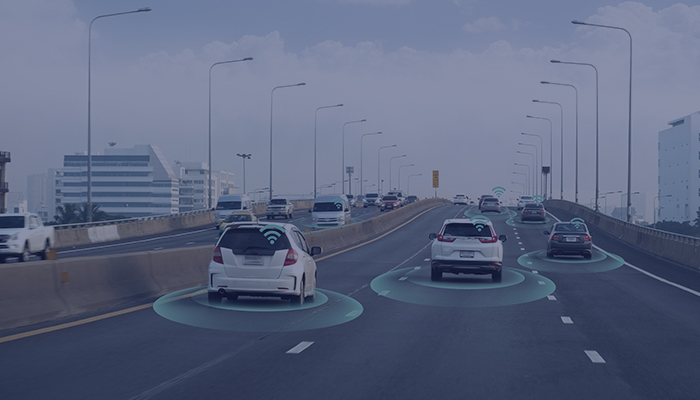It’s possible that you’re wondering what a striping company has to do with autonomous vehicles (AVs). Fair enough. The answer is: more than meets the eye. Here’s the main point of connection, though: roadways and striping are all about building sustainable infrastructure, and AVs are going to require substantive infrastructure adjustments. At InfraStripe, we’re strategizing with other industry leaders to map out a transition plan for a transportation world with autonomous (also known as “driverless”) vehicles.
What can your city do to begin gearing up for this incredible new development?
We’re going to offer several specific suggestions, but here’s a big-picture perspective from The Autonomous Vehicles Symposium Report (American Planning Association) that we’d like to emphasize:
“Local governments should not repeat the mistakes of the post-World War II era, during which convenient automobile travel became the primary transportation focus at the expense of other travel modes (as well as broader community goals), by focusing on planning for AVs. They should consider how AVs can serve the community’s vision and goals for the future, which likely include walking, biking, and transit as robust components of an integrated mobility system, and related goals such as community health, cost-effective public infrastructure and services, and resilience. In simple terms, good planning that prioritizes community goals should continue [regardless] of when AVs arrive. [This] will help shape AV deployment in a productive way.”
In other words, the best way to prepare for the advent of AVs is to keep this change in perspective with other community opportunities and priorities. AVs are coming. But their arrival is just one contributing factor of the many elements of developing a thriving community. If we keep the big picture in mind, there’s every reason to be optimistic about the benefits that AVs can offer.
That being said, here are some of our top recommendations on prepping for AVs.
- Make AVs part of the comprehensive city planning conversations. Most communities have a master plan that guides developmental initiatives and directs funding priorities. Incorporate the rise of AVs and the accompanying transportation implications into the comprehensive plan for the city.
- AVs are largely dependent on communication between vehicles (V2V) and communication with the surrounding infrastructure (V2X). What this means is that communication networks will need to be increasingly robust and widespread, allowing for seamless coverage throughout entire cities. How can your city begin creating WiFi access city-wide and installing AV-friendly sensors as part of ongoing infrastructure developments?
- Since many AVs will likely include hybrid or electric technology, thus requiring electric charging stations, it’s important to consider how the power grid can be adapted and what interim environmental benefits could be reaped from encouraging a widespread transition to hybrid and electric vehicles, even prior to AVs.
Of course, this post is hardly scratching the surface of all the facets that need to be considered and addressed along the way of preparing for AVs, but we hope that starting the conversation here starts growing ideas and curiosity in your mind. And if you want to have a consultation about what planning for the future of your city looks like, we’d love to talk with you about that!
